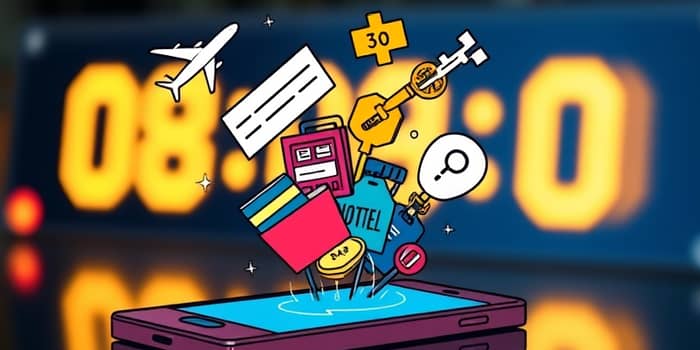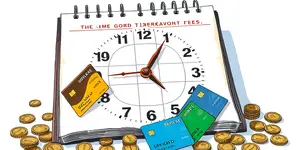
Imagine unlocking an extra free night at your favorite hotel simply by staying on top of expiry dates. Every reward point or voucher represents real value, yet countless members lose them by overlooking deadlines. By mastering the art of tracking, you can transform forgotten rewards into unforgettable experiences and tangible savings.
In today’s competitive loyalty landscape, knowing when and how to redeem points can be as critical as earning them. This guide will equip you with actionable strategies, insightful statistics, and emerging trends to ensure you never lose a cent of your hard-earned rewards.
With nearly 94.3% of people worldwide enrolled in at least one loyalty program—and an average membership in 7.5 programs per consumer—there’s a staggering potential to leave value on the table. Studies reveal that 56% of shoppers abandon a purchase after discovering their points have expired. Even programs without formal expiration can devalue points over time, eroding purchasing power.
When rewards disappear, so does customer satisfaction. A mere 5% increase in retention driven by loyalty can boost profitability by up to 95%. Conversely, companies spend seven times more to acquire a new customer than to keep an existing one. Tracking your rewards is not just about points: it’s about fostering lasting relationships with brands and maximizing every benefit you’ve earned.
Loyalty programs favor different expiration models, creating complexity that can trip you up. Understanding these policies is the first step toward safeguarding your rewards.
Some programs, like Hyatt and Chase Ultimate Rewards, maintain points indefinitely as long as your account remains active. Others, such as Target Circle Rewards, expire points after one year of no earning or redeeming. Certificates for free hotel nights or flight credits often come with strict deadlines—sometimes as short as 180 days from issuance.
Even non-expiring rewards can suffer devaluation when programs adjust redemption rates. Tracking ensures you redeem at peak value before any unwelcome surprises.
Adopting systematic habits can prevent points from slipping through the cracks. Start by setting up reliable routines and tools.
By embedding these habits into your financial routine, you’ll create a resilient system that captures every ounce of value from your loyalty programs.
Advances in AI and mobile integration are reshaping loyalty experiences. Brands increasingly deploy artificial intelligence to deliver personalized loyalty reminders, predict redemption patterns, and tailor exclusive offers. In 2025, mobile loyalty apps dominate, with 63% of US adults willing to share data in exchange for enhanced rewards.
Gamification elements, such as earning badges or completing challenges, boost engagement by 47% and loyalty by 22%. Multi-tiered programs now reward diverse activities—referrals, social media interactions, and even feedback—beyond mere purchases. These innovations create dynamic ecosystems that reward active, informed members.
Every member’s needs differ based on lifestyle, travel habits, and spending patterns. Craft a tailored approach by mapping out your top loyalty programs, their expiry rules, and your typical usage cadence. Begin with these steps:
Combining proactive scheduling with intelligent automation lets you focus on enjoying perks rather than chasing deadlines. Periodic check-ins ensure you adjust plans in response to program updates or devaluation warnings.
In an era where loyalty markets are set to double by 2026, staying vigilant is the difference between thriving on perks or watching them vanish. By adopting structured tracking, embracing technology, and personalizing your strategy, you transform points into unforgettable experiences, meaningful savings, and deeper brand connections.
Remember: every voucher redeemed, every point spent, and every reminder set brings you closer to unlocking the full potential of your loyalty investments. Don’t let expiration policies dictate your rewards—take charge today and ensure every benefit finds its moment in the spotlight.
References













